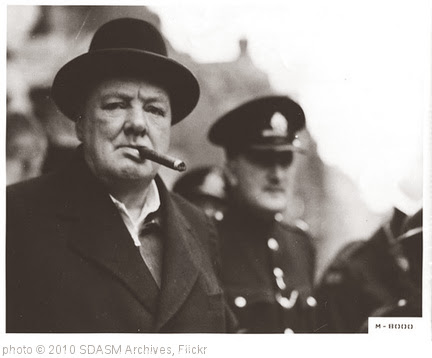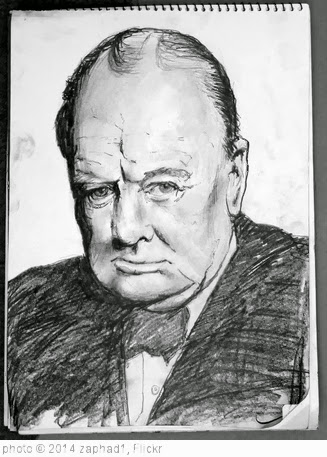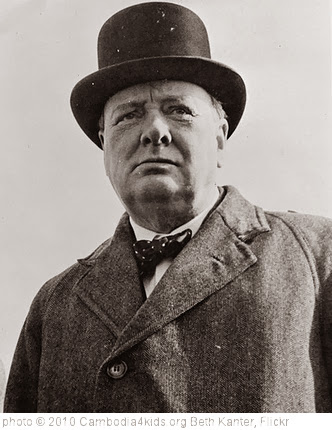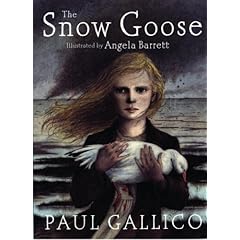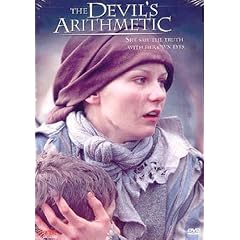Sonya Hartnett’s Children of the King feeds into some of my fondest fascinations:
British history, especially kings and queens and all that jazz.
World War II stories about child evacuees.
Crumbling castles and the ghosts that inhabit them.
Old English houses full of old stuff.
Mysteries of history.
Homeschooling and storytelling.
Themes of courage and small victories and war and peace.
Cecily and Jeremy and their mother have come to the north of England to live with their Uncle Peregrine while London is under siege from Hitler’s bombers. Since Uncle Peregrine live in a big manor house, they decide that it would be only fair for them to take in an extra child evacuee from London. So May comes to live with them. But when Cecily and May find two mysterious boys hiding in the nearby ruins of Snow Castle, they beg Uncle Peregrine to tell them the history of the castle. And he does, even though “its story is as hard as winter” and “cruel” and “scary” and “long”. “Unfit for childish ears.”
Aye, there’s the rub. Although this novel had me enthralled as an adult with my particular fascinations and interests, and although I think it might very well have engaged my interest as a middle school or high school student, it may also very well be “unfit for childish ears.” The horror and unfairness and violence of war are a major topic for discussion, as it surely was in those times when war was so very near and terrible. The adults in the story are not perfect and neither are the children. All of them make annoying, and sometimes stupid or even dangerous, choices. And the history story part of the novel is meant as a mirror or an analogy for the events that are taking place in England in 1940 as war calls for sacrifices that are unfair and horrific and as even children are caught up in a quest for power and dominion that isn’t their fault or their responsibility.
I really loved this book, but you might want to take Charlotte’s review as well as my reservations under consideration before you read it or recommend it to your favorite young reader. I wish I could discuss the history mystery that forms a part of this book with you, but that would be a spoiler, sort of. Suffice it to say that particular slice of history is one of my fascinations, too.
Amazon Affiliate. If you click on a book cover here to go to Amazon and buy something, I receive a very small percentage of the purchase price.
This book is also nominated for a Cybil Award, but the views expressed here are strictly my own and do not reflect or determine the judging panel’s opinions.


